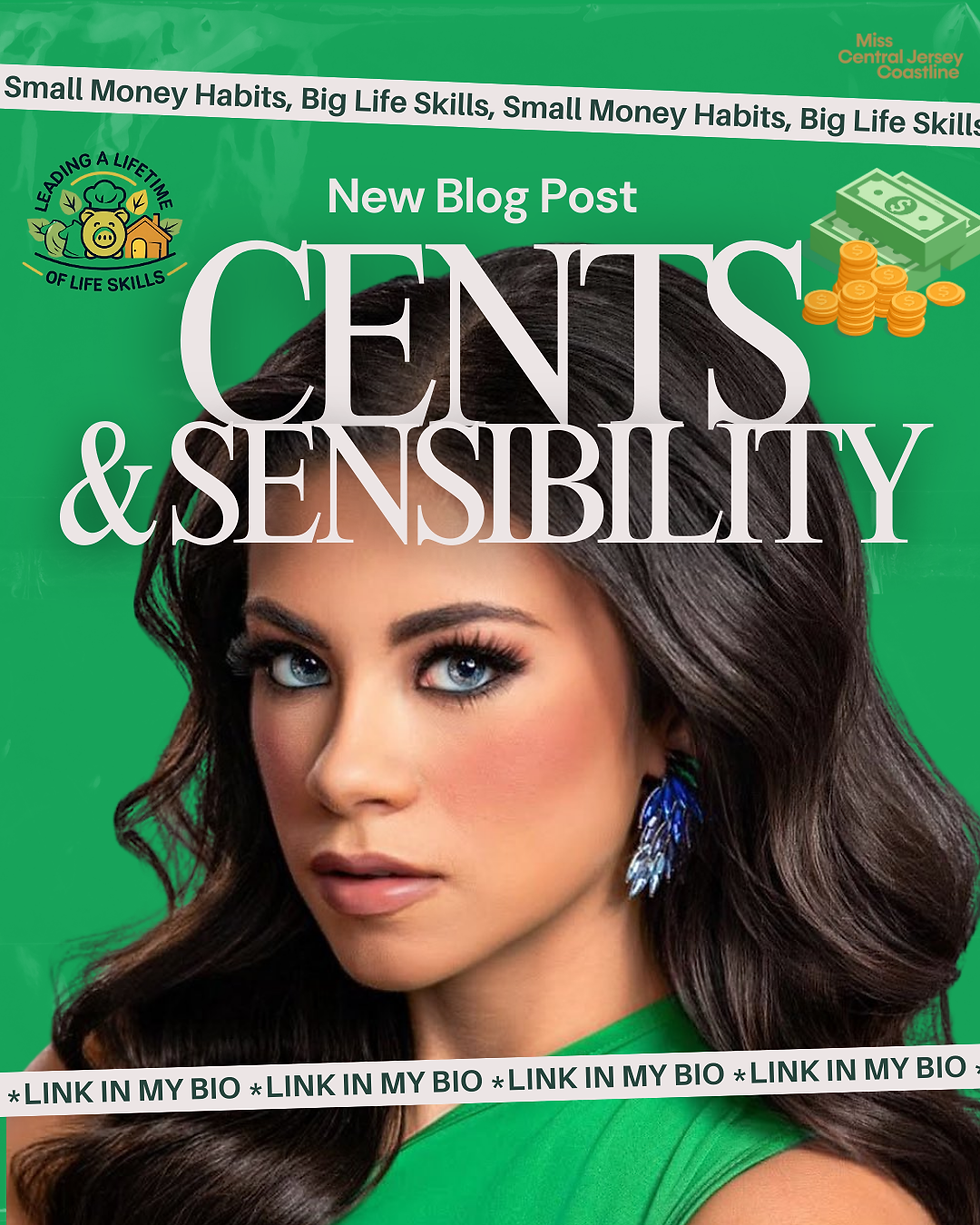What's Wrong With My Cookies!?
- kiehlhope
- Jul 29, 2022
- 3 min read

Many home bakers struggle to produce a bakery-quality sweet that has the perfect amount of sweetness, isn't too dry and is overall delectable! Why? The answer is quite simple actually, most home bakers were never taught to properly measure. Say what!? No need to fear, in this quick and comprehensive overview, I will have you measuring like a pro!
FLOUR
Most people when measuring flour, take their dry measuring cup and dump it into the tub of flour, and then maybe level it off with a knife. This technique is inaccurate as it actually produces up to 25% more flour in your baked goods, which causes them to tough, dry, and lacking in texture. Instead, you need to scoop one spoon full at a time into the measuring cup and then use something with a flat surface to gently sweep across the top of the measuring cup to level it off! A key I teach my students to member this is two simple words, "Spoon & Level"!
BROWN SUGAR
Unlike flour, which needs air (hence the spoon and level technique) to work effectively in your recipe, brown sugar is quite different. Brown sugar needs virtually no air at all. When you measure brown sugar you need to pack it in as tight as possible and then level off with something that has a straight edge. If you are unsure if you did this technique correctly, the sure way to know is upon dumping your measuring cup upside, the brown sugar should hold its shape, "Like a Sandcastle"!
WHITE SUGAR
White sugar is indeed also a different technique. With white sugar, it is perfectly okay to dump your measuring cup into your canister of sugar. Then all you need to do is level it off. I like to call this "Dump & Level"!
LIQUIDS
Liquids are another common mistake of home bakers! Most home bakers use their dry measuring cups to measure liquids. You will not get an accurate result with a dry measuring cup and instead you will need to use a glass or plastic liquid measuring cup. Furthermore, you need to "Get Low" and read the liquid measuring cup at "Eye-Level".
STICK INGREDIENTS
Stick ingredients such as butter, shortening, and cream cheese are actually super easy to read and you just need to cut the packaging on the correct measurement. You do not need to put stick ingredients in a measuring cup. For example if your recipe calls for 1 cup of butter, you will need two sticks because one stick will inform you it is equivalent to half a cup. For stick ingredients it is always best to "Read & Slice" on the packaging!
SMALL QUANTITIES
The final and potentially the most catastrophic mistake that I see with home bakers is carless reading the measuring spoons. If it has a little "t." or a "TSP" it is a teaspoon and it is the smaller quantity. If your recipe has a big "T." or a "TBSP" it is a tablespoon. Be sure to carefully read your recipe, because in the science of baking, one accidental switch of a teaspoon to a Tablespoon will be catastrophic in your baked goods. Remember little t. is the smaller quantity and big T. is the larger quantity.
BAKING PROFESSIONAL?
With these minor adjustments, you will be baking like a professional! But before you go, I will leave you will a few more tips.
Tip 1: Always use PURE vanilla extract.
Tip 2: Buy good quality butter! (Often the store brand will have water in their butter, which will affect your baked good)
Tip 3: A good chocolate chip cookie recipe will ALWAYS need the dough chilled. (If there is not a chilling step in your recipe, find a better one!)
Tip 4: Always follow the recipe exactly. Baking is a precise science!
Tip 5: Have fun, listen to music, smile and enjoy the process of baking almost as much as you will enjoy the sweets!







Comments